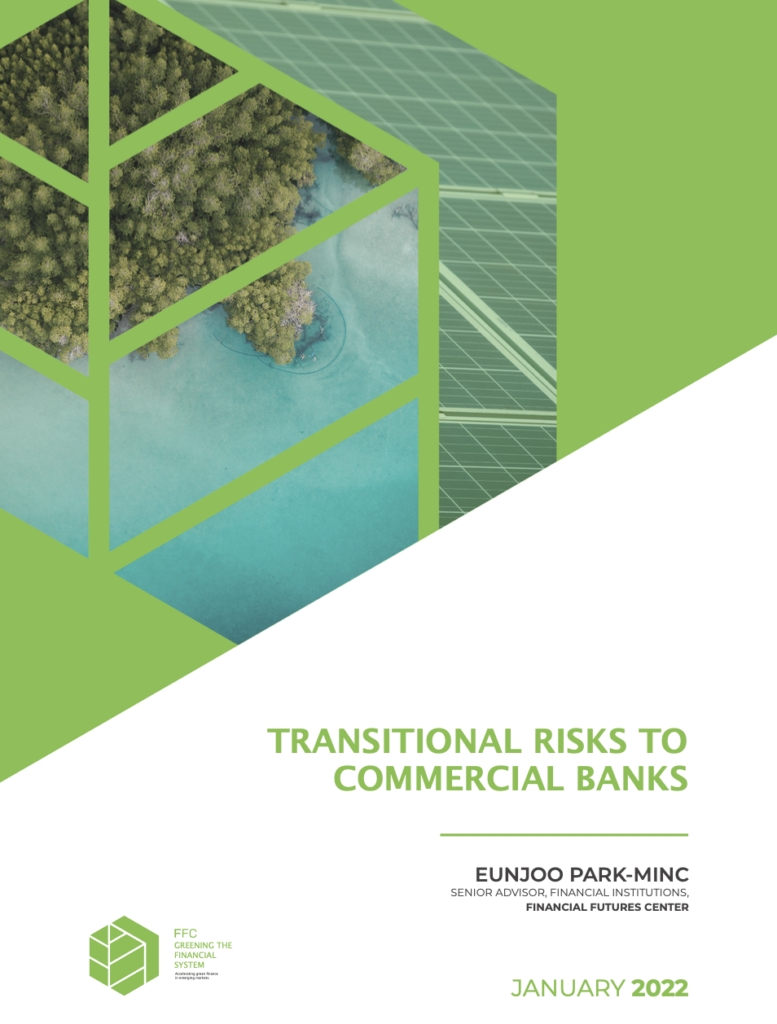The financial crisis of 2007–08 taught financial institutions to make macroeconomic stress tests central to their risk management strategy. In the transition to a low-carbon economy, banks must appropriately manage the transition risk assets they have financed to ensure financial stability. Globally, the banking industry is integrating environmental, social, and governance (ESG) risk, physical risk, and transition risk Into banks’ credit risk management system by simulating stress testing. A case in point: in 2020, the Central Bank of the Philippines announced a Sustainable Finance Framework policy that requires financial institutions to integrate ESG, physical, and transition risks into their credit systems, with a three-year grace period in which to implement this change.
Banks that do not gear their lending strategies toward a transition to low-carbon assets will encounter high pressure from various stakeholders, including investors, civil organizations, and credit raters, to effectively manage high-transition-risk assets due to the potential negative environmental impacts of the financial value chain and potential loss of corporate earnings due to stranded assets in carbon-intensive industries. Commercial banks should integrate transition risk assessment into their business and risk management strategies to comply with regulatory agencies, prevent stranded assets, and protect financial stability.



